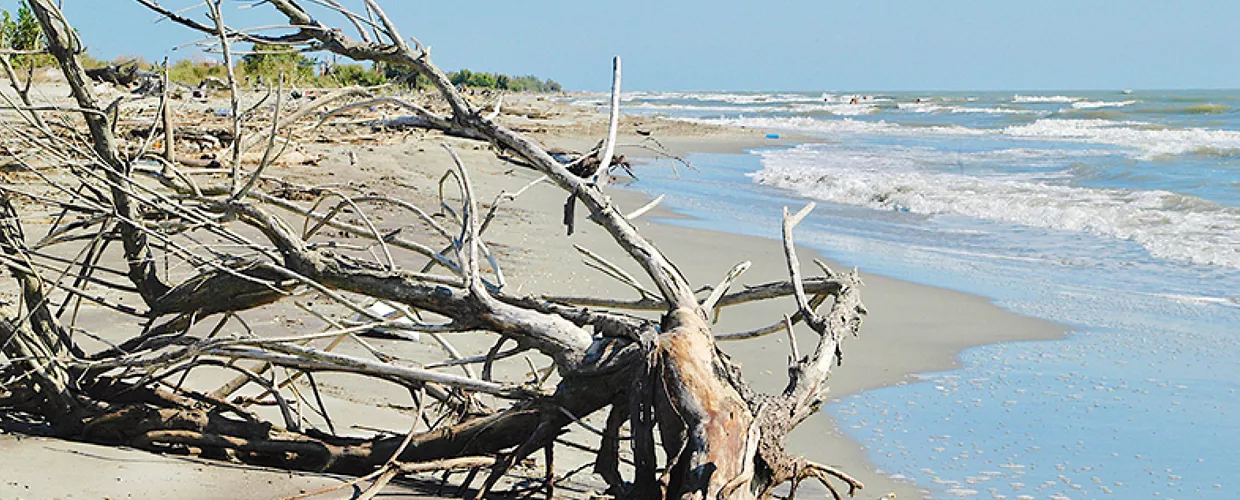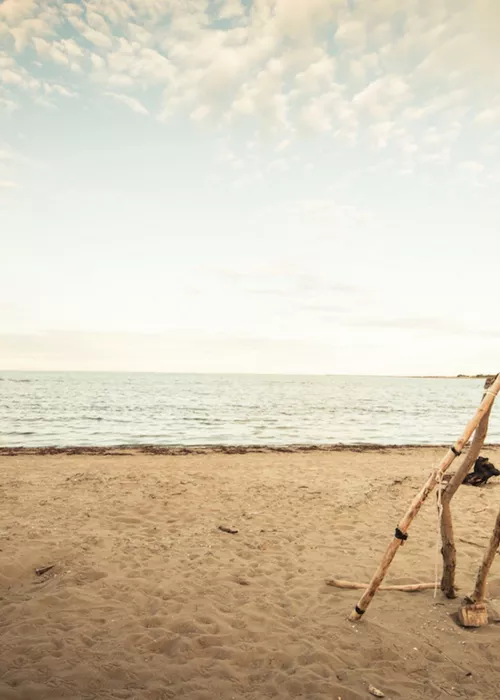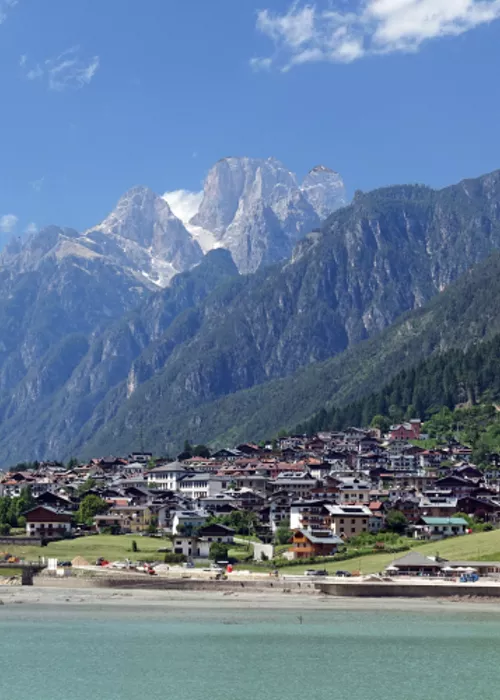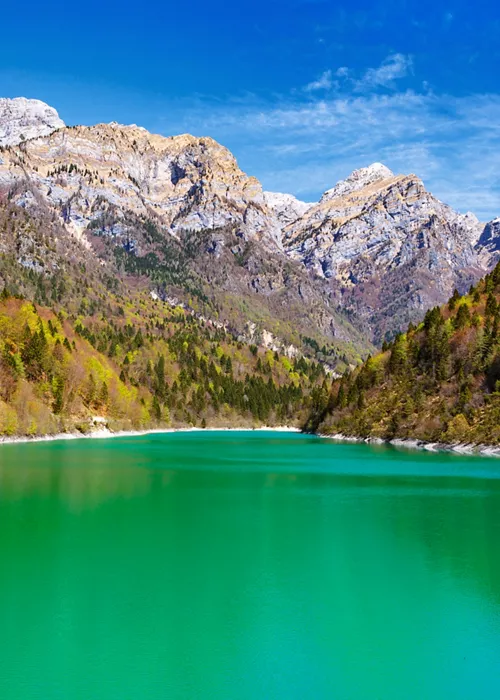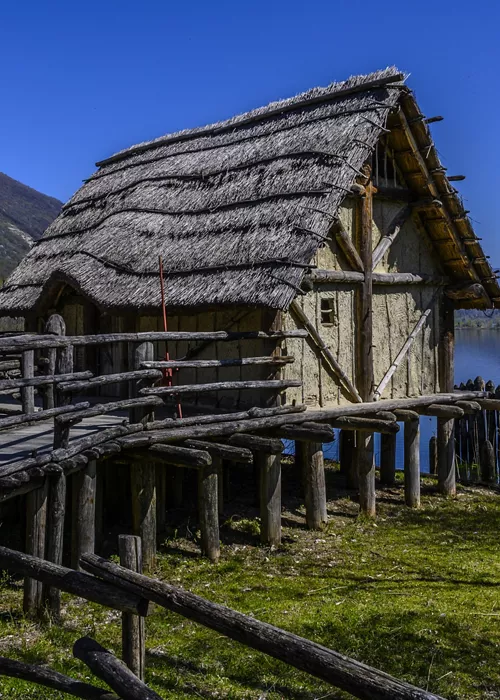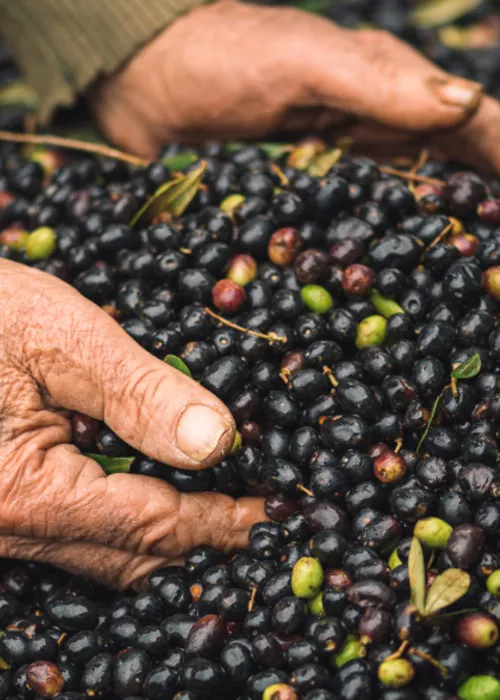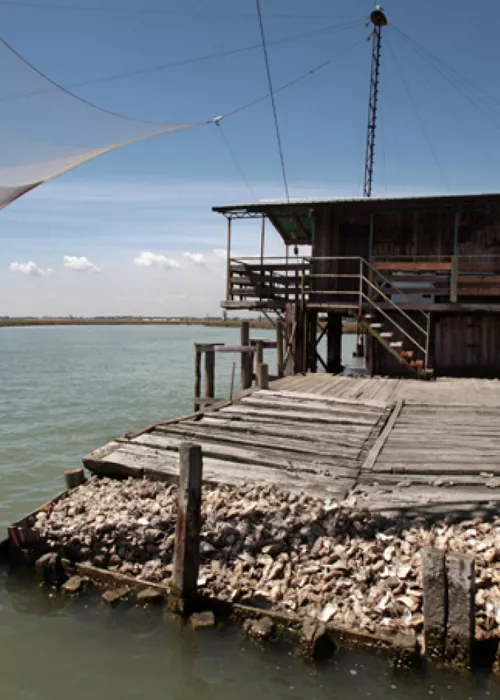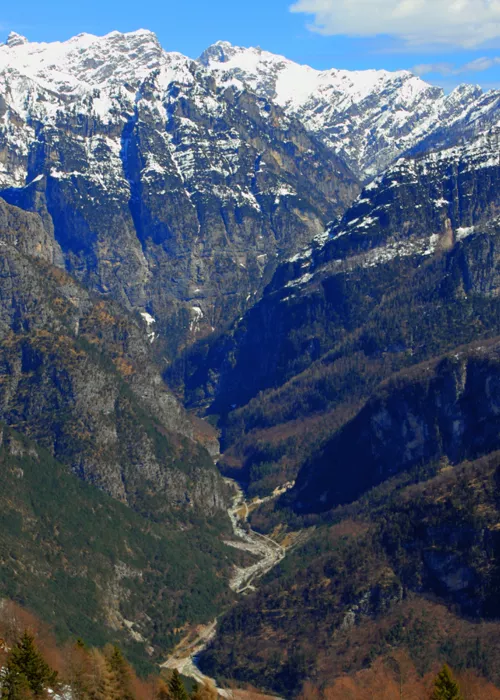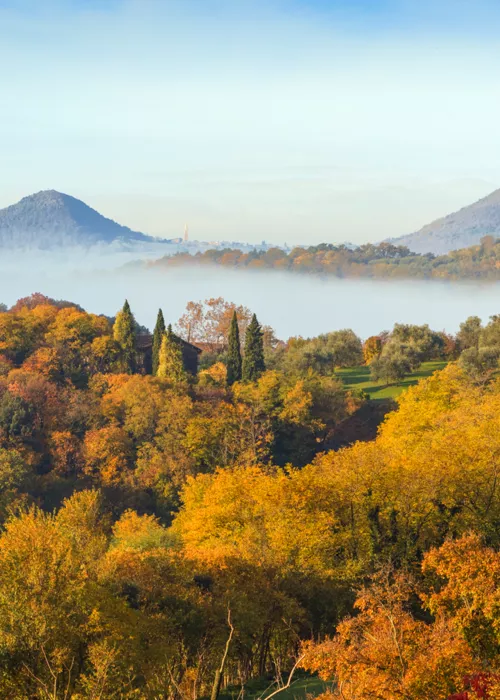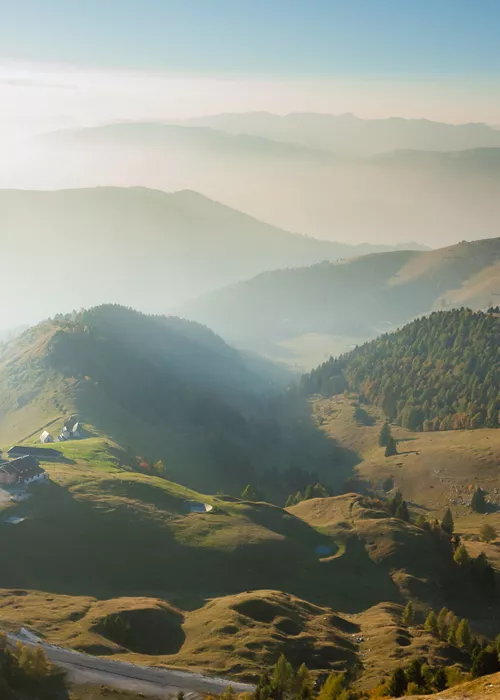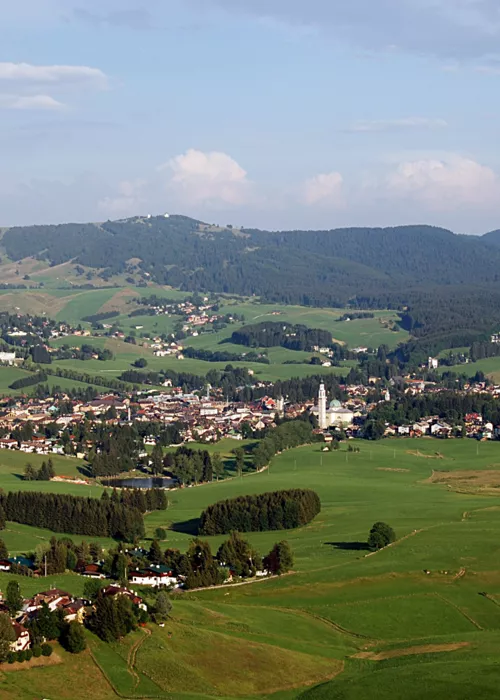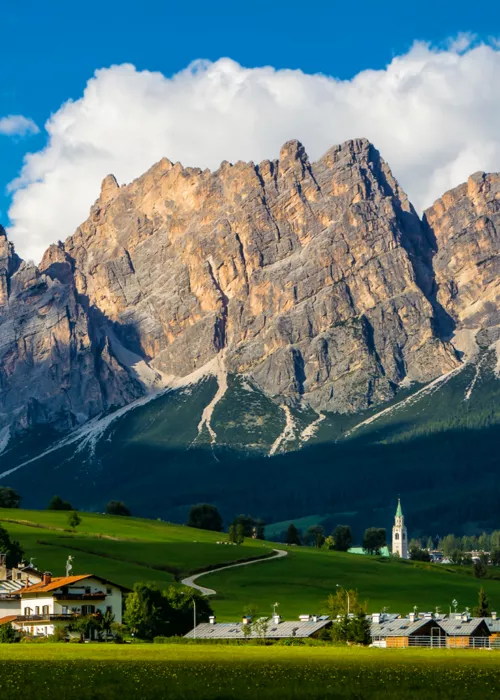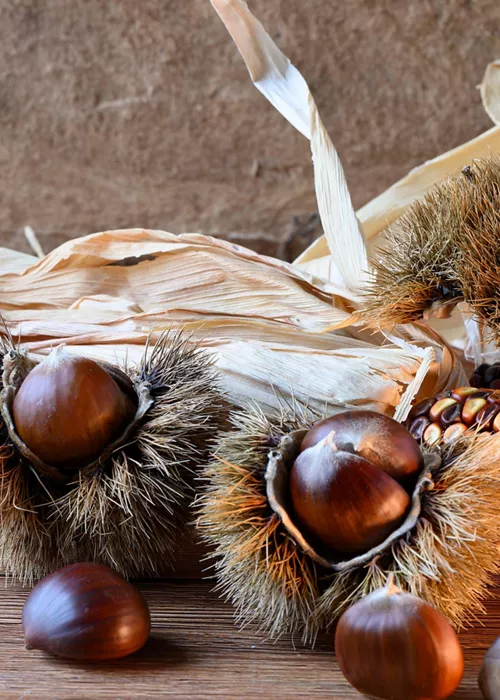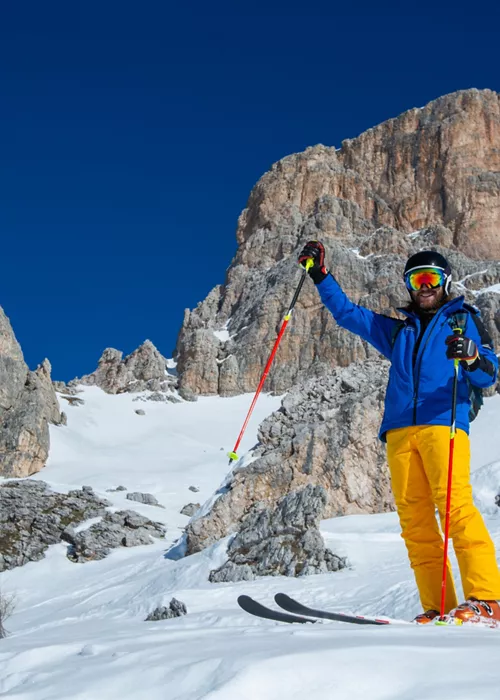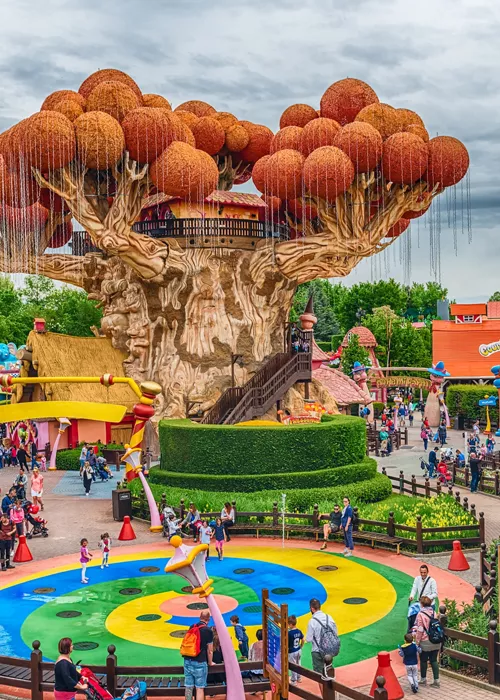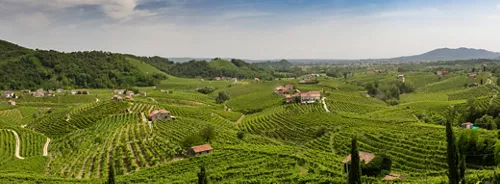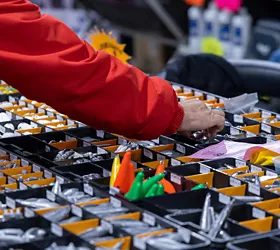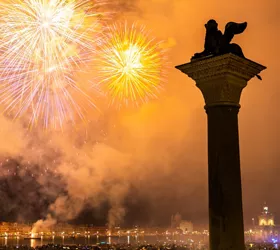Scano Boa, Delta's last frontier
Boat trip to a timeless place that inspired a novel and a neo-realist film
A “scanno” is the bar of sand that a river forms at the outer limit of its mouth; it often appears after a flood, when the strong current drags a lot of suspended material with it, and it may disappear with the first coastal storm, dismantled by the waves. But in the long run it will consolidate, thus advancing the coastline. It does not take long for a cordon of dunes to form and with the passing of time pioneer plants begin to grow, preparing the ground for more structured vegetation, such as tamarisk and junipers, which in turn will prepare the ground for birds and other animals. As for the Po Delta, its entire outer limit is hemmed in by sandbars, frequented mostly by seabirds and birdwatchers in their wake. But only one, just off the mouth of the Po di Pila, enjoys literary and film celebrity: Scano Boa.
Why it is special
The shores of the Delta, so remote from the world, are uninhabited, but there was a not too distant past when they were reached for a reason of exceptional interest: sturgeon fishing. In late spring, in fact, sturgeons swim from the sea to the rivers to spawn. The sturgeon is now known for its precious caviar, the egg preserve made from it, but in the past its meat was also the non plus ultra of fish cuisine. Suffice it to say that in the tradition of the Po Valley there are still recipes created by Renaissance cooks: in the Veneto region, for example, sturgeon in boiling water with capers and raisins. Catching a big sturgeon - a few hundred kilos! - could be a blessing for an entire season. That's why fishers were in fierce competition with each other to cast their nets in the few favourable passages.
Not to be missed
Upon disembarking at Scano Boa, half-hidden among the tamarisk trees there is a "casone" (hut) that is said to have witnessed the epic of the sturgeon fishermen: reed walls and roof, the only part in masonry being the tall chimney. The transfer from Ca' Tiepolo to Scano Boa was thrilling, first navigating the great river, which is now close to its mouth, and then moving through reed beds and coastal lagoons. Then a pristine beach, cluttered with logs carried by the river and bleached by the sun. In the sky, flights of white sea swallows, which then swoop headlong over a fish. And then oystercatchers, in their black livery, their beaks the colour of coral, watchful rulers of the windswept dunes.
A bit of history
Travelling with a book under one's arm... In the present case, it is a 1961 book with a lapidary title, “Scano Boa”. The author is Gian Antonio Cibotto (1925-2017), one of the historical journalists of a local newspaper, the “Gazzettino di Rovigo”, He liked to define himself as an “extinct” writer, that is, proclaiming himself a stranger to present-day society and irresistibly attracted to the sphere of memory. So much so that around the legendary figure of the sturgeon fisherman he wove a story set on this small island on the edge of reality. The incipit says it all: 'Warning: it is useless to search the map for the locations mentioned in this book.... Geographical accuracy is but an illusion. The Po Delta, for example, does not exist. The same applies, all the more so, to Scano Boa. I know it, I have lived there'.
Good to know
Cibotto's novel inspired a film, “Scano Boa - Violence on the River”, which made some headlines in the early 1960s. The black-and-white adaptation by Renato Dall'Ara, a filmmaker in the Neorealist period, exploits a local episode - in the same boat carrying a dead man to the cemetery, a young woman gives birth to a baby - grafting it onto a darkly coloured plot that draws on the epic of the sturgeon fishermen in the far Delta. Films, as we know, are often fond of frontier stories, and the case of Scano Boa offers one of extraordinary intensity. The opening scene takes place at the fish market: an enormous sturgeon is sold for two thousand lire, a fabulous sum, and the director lingers on the matchmaker who flips the banknotes into the hands of the lucky fisherman under the incredulous eyes of the onlookers...
Credit to: Francesco Soletti



